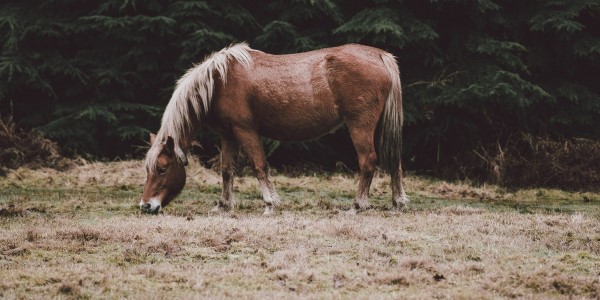Wild horses in Colorado and the American West adapt to a range of environmental conditions. During the summer months temperatures are high and rainfall is often sparse. Therefore the wild horse diet consists of grasses, forbs (wildflowers and herbaceous plants), and shrubs. The summer diet consists mostly of nutrient-rich grasses like bluegrass and ryegrass, which are abundant during the growing season. Continue reading for more information on wild horse diets. Also, if you are looking for a horse property for sale in Colorado, contact Colorado Horse Property today and speak with one of our horse-person realtors.
The Wild Horse Diet
As the seasons shift into fall and winter the availability of fresh grasses diminishes. Therefore wild horses in Colorado must adapt to more challenging foraging conditions. The colder temperatures and shorter days reduce plant growth, and snow cover can make grazing more difficult. During this time, horses rely more heavily on dried grasses, shrubs, and woody plants like sagebrush and juniper. These plants are less nutritious than the lush grasses of summer. However they provide essential fiber and some nutrients to sustain the horses through the winter. Wild horses are very intelligent and may also dig through the snow with their hooves. It is possible to uncover grasses and other plants that are still accessible beneath the surface.
Winter foraging is especially tough on young and elderly horses, as the energy required to maintain body heat and forage through snow-covered terrain can be demanding. However, wild horses are resilient and have developed behaviors to survive these challenges. They may travel in small groups to reduce competition for limited food sources and often conserve energy by resting more during the day, especially when weather conditions are harsh. Their ability to adjust their diet based on the changing seasons is one of the key survival strategies that allows these iconic animals to thrive in the rugged landscapes of Colorado’s high plains and mountainous regions.



